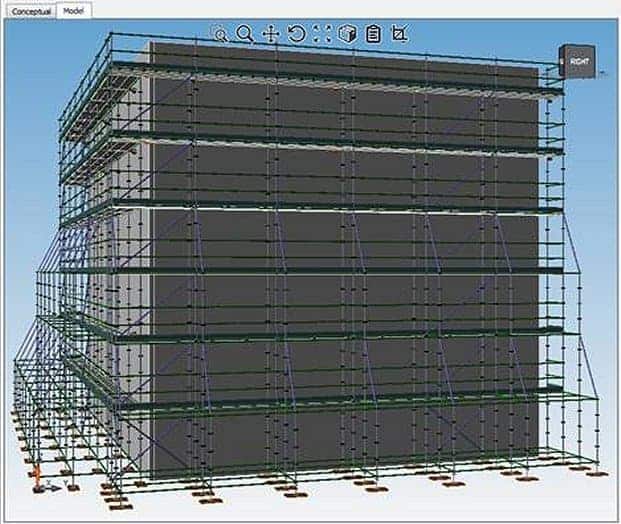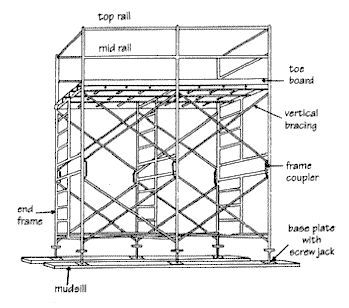


Successful industry transformation to this new design and manufacturing approach requires technology integration, concurrent multi-disciplinary collaboration, and a robust quality management framework. Furthermore, additive manufacturing incorporates new technologies in the biomedical field, and the design and fabrication of custom bone implants requires many steps that might lead to imperceptible errors, affecting the performance and consequently, patient safety. As a result, there is a lack of standardization and defined quality control processes.

Moreover, current standardization methods applied to traditional manufacturing methods are not suitable for 3D printing technology. Some of these barriers are that medical devices are strictly regulated by organizations such as FDA (USA), EMA (European Union), and TGA (Australia), in order to ensure their compliance to medical specifications and consistency in manufacturing practices. Ĭustom 3D printed bone prostheses and scaffolds have to overcome several barriers before being released to the market. To achieve accurate and safe bone solutions, 3D printing manufacturing needs to be integrated with other technologies such as digital medical imaging, material science, CAD, Finite element analysis (FEA), nano surface modification, motion capture, virtual surgical planning, and also with concurrent collaboration of experts from different fields. ģD printing is rapidly growing in popularity in the biomedical field for the development and design of customized bone prostheses and scaffolds. These materials are used by AM in the form of powders, filaments, and liquids.

There are a variety of materials that can be used by these AM methods such as plastics, ceramics, metals and living cells. The best known AM methods in the biomedical field are stereolithography, selective laser sintering, Inkjet 3D printing, electron beam melting, polyjet photopolymer and fused deposition.
Scaffold drawing software free series#
This technology is supported by CAD software to build 3D physical models from a series of cross sections that are automatically joined together to create the final shape. An extensive systematic literature review and post-hoc evaluation survey with experts was completed to evaluate the likely effectiveness of the herein suggested QbD framework.ĪM is an emerging manufacturing technology capable of fabricating complex shapes, and manipulating material properties that are impossible with traditional manufacturing methods. Research outcomes include the development of a comprehensive design and fabrication process flow diagram, and categorised risks associated with the design and fabrication processes of such products. This was achieved through the identification of the Critical Quality Attributes of such products, and an extensive review of different design and fabrication methods for 3D printed bone prostheses. This paper reports on the adaptation of the QbD approach for the development process of 3D printed custom bone prosthesis and scaffolds. A Quality by Design (QbD) approach to custom 3D printed prostheses can help to ensure that products are designed and manufactured correctly from the beginning without errors. Before 3D printing bone prostheses and scaffolds can gain traction, industry stakeholders, such as regulators, clients, medical practitioners, insurers, lawyers, and manufacturers, would all require a high degree of confidence that customised manufacturing can achieve the same quality outcomes as standardised manufacturing. The advent of 3D printing technologies and the prospects for mass customisation provides significant market opportunities, but also presents a serious challenge to regulatory bodies tasked with managing and assuring product quality and safety. While a number of comprehensive quality frameworks have been developed in recent decades to ensure that the manufacturing of medical devices produces reliable products, they are centred on the traditional context of standardised manufacturing techniques. This latter change enabler is the focus of this study. However, successful industry transformation to this new design and manufacturing approach requires technology integration, concurrent multi-disciplinary collaboration, and a robust quality management framework. 3D printing is an emergent manufacturing technology recently being applied in the medical field for the development of custom bone prostheses and scaffolds.


 0 kommentar(er)
0 kommentar(er)
